The characteristics that make a car good are quite different to those that make it interesting. We’ve known this for years, but the theory is less prominent nowadays, because today’s cars are decent to excellent on almost every front.
However, the Jeep Wrangler, which has been my car for the last few months, is a glorious exception. It takes you right back into an era of old-school variability, laughing at sober perfectionism, and makes your life all the better for that.
It has already been a couple of weeks since this Wrangler – a sensible-spec Sahara, rather than an even more aggressive and off-roady Rubicon – arrived in the car park. Since then, I’ve spent quite a few hours trying to identify why exactly I’m enjoying it so much.
The ride comfort is pretty poor. The cabin access isn’t great. The rear load compartment is nothing special and exposed to the gaze of passers-by. At speed, the steering needs your best concentration or you will wander all over the place. There’s lost motion at the straight-ahead.
And with the solitary option of a £965 Firecracker Red paint job, it costs £62,090, so it’s no bargain, even if it undercuts a similarly equipped (which is to say well-equipped) Land Rover Defender by at least £10,000. That’s more of a comment on the Defender.
So far, so bad. But my theory after 1500 miles is that every single downside has an interesting upside attached. I don’t care too much about the cabin access, because to my eye the styling is fabulous.
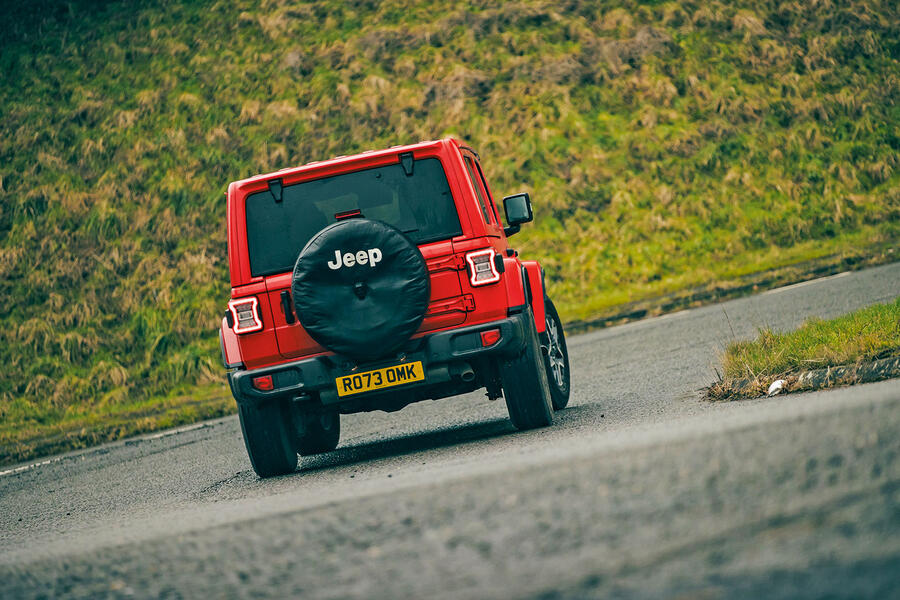
If I could, I would have a Wrangler grille over the fireplace. The Tonka symmetry of the door shapes, the stance, the unimpeded ground clearance, the tiny overhangs and even that undershot jaw of a front bumper (which provides perfect outdoor seating) are all terrific.

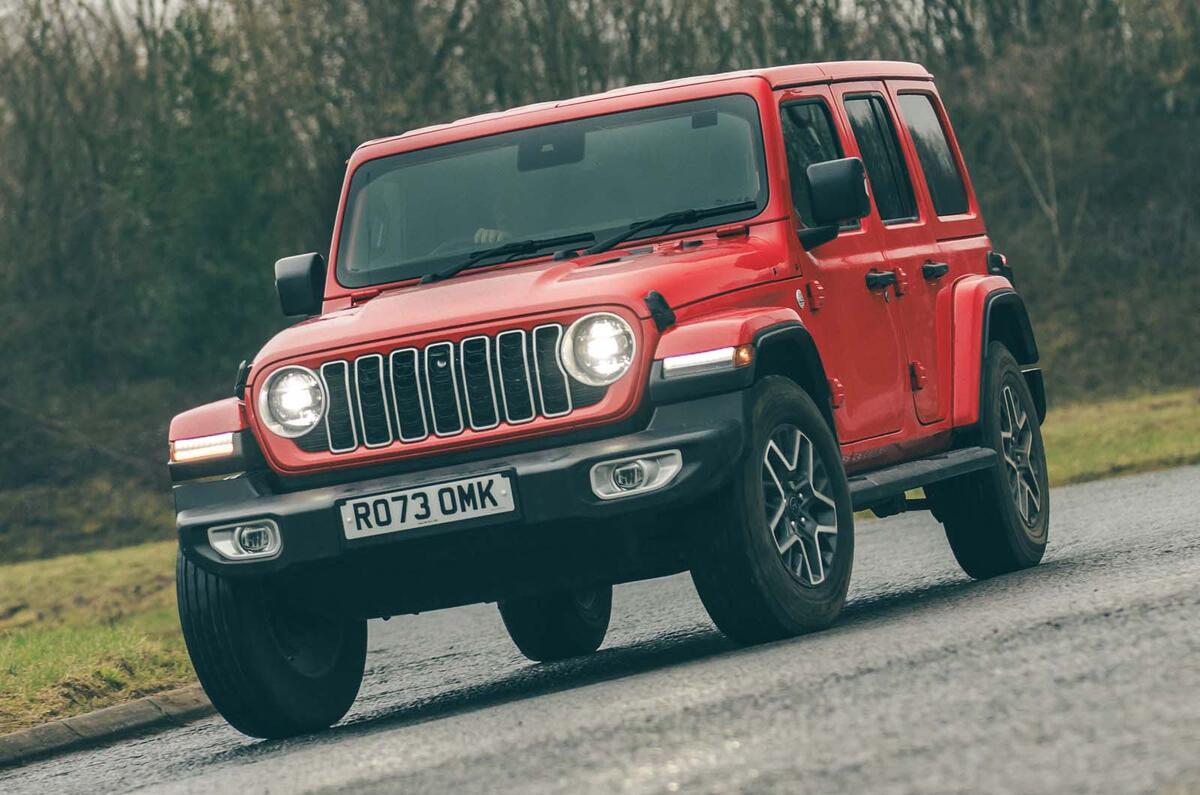

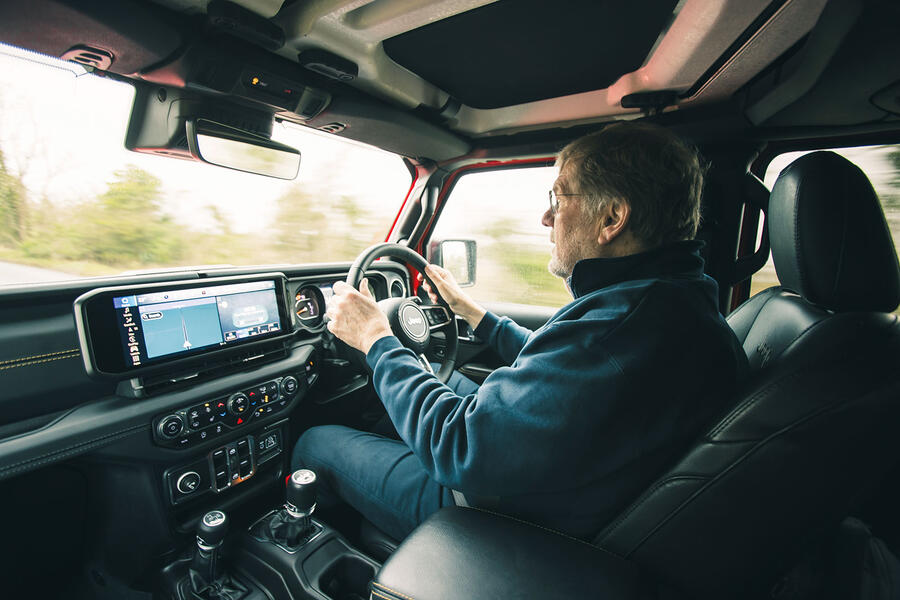
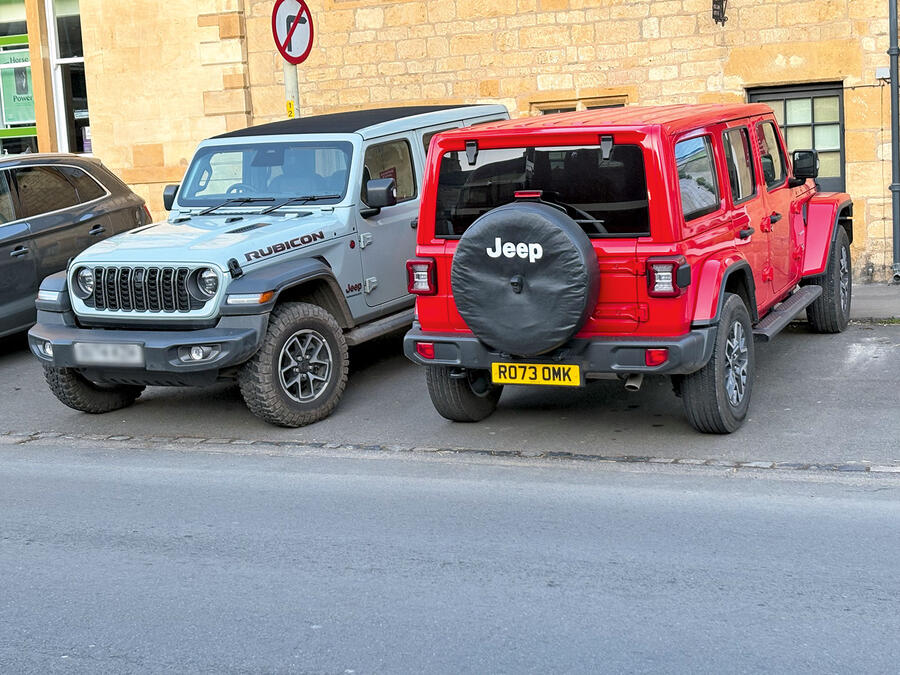
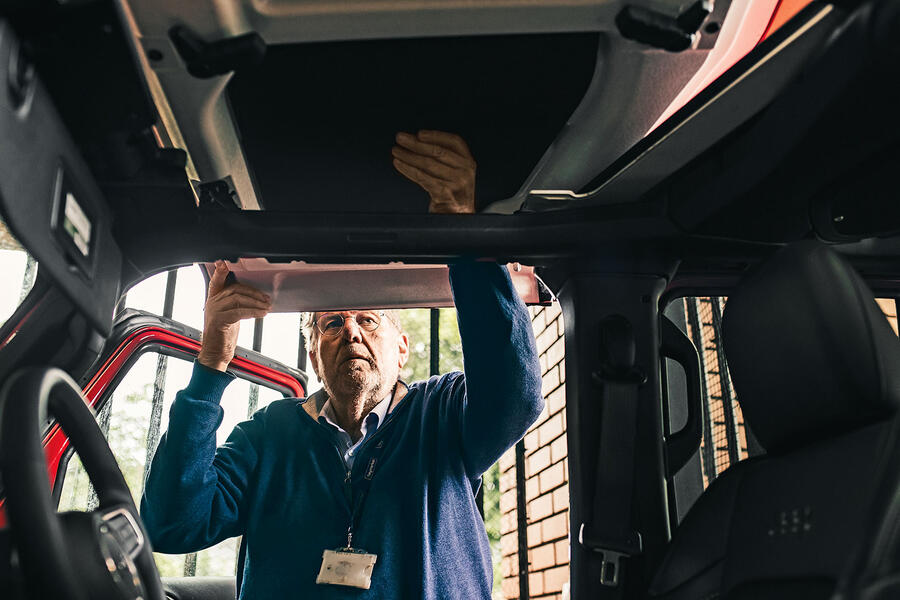
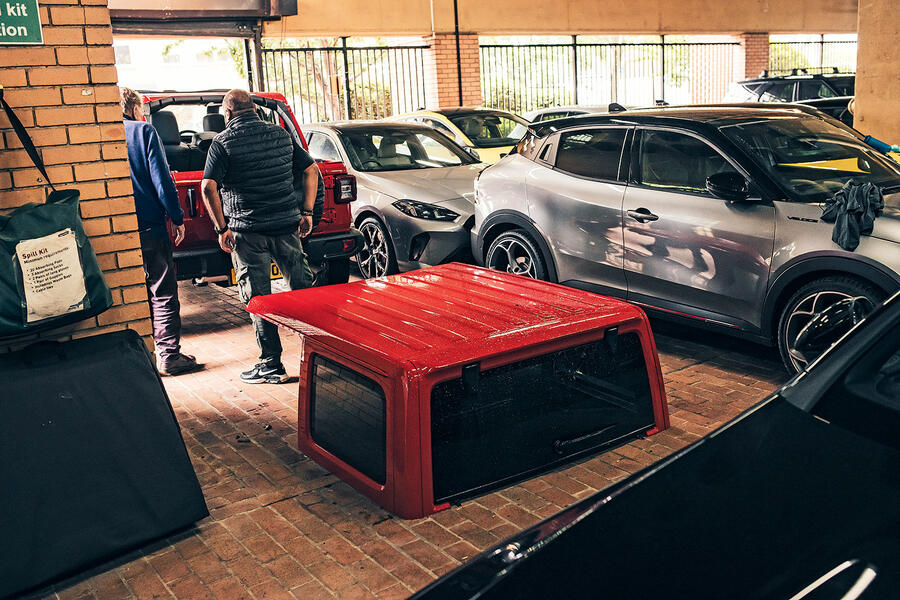
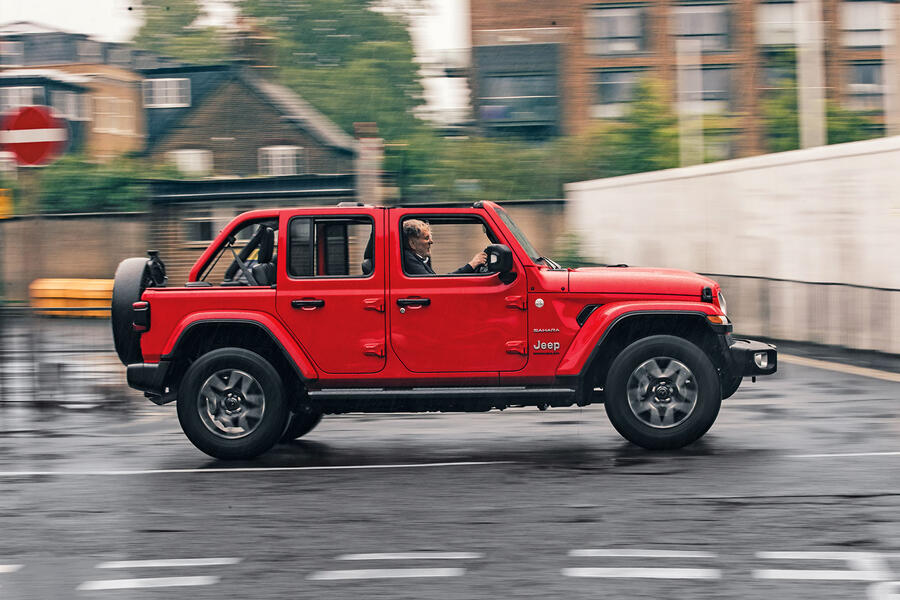
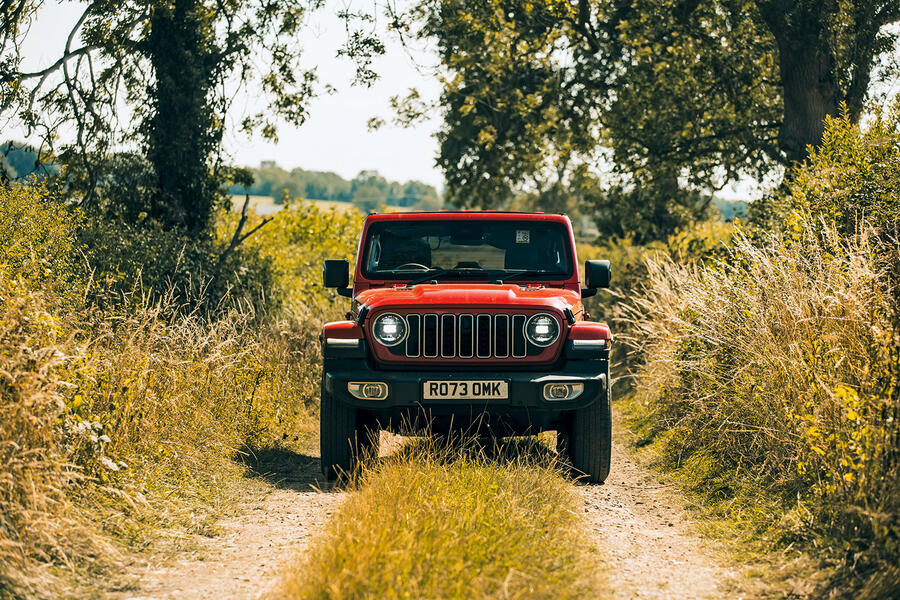
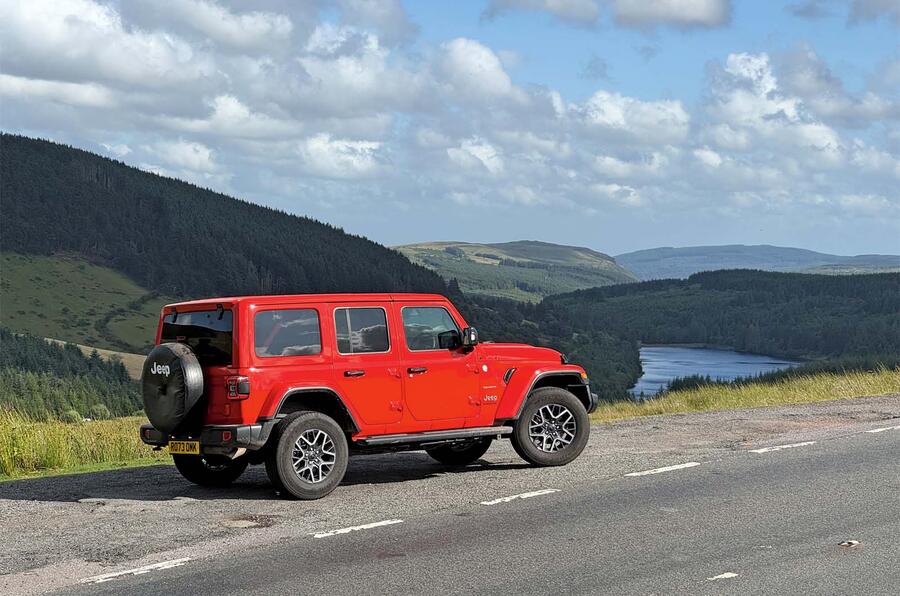
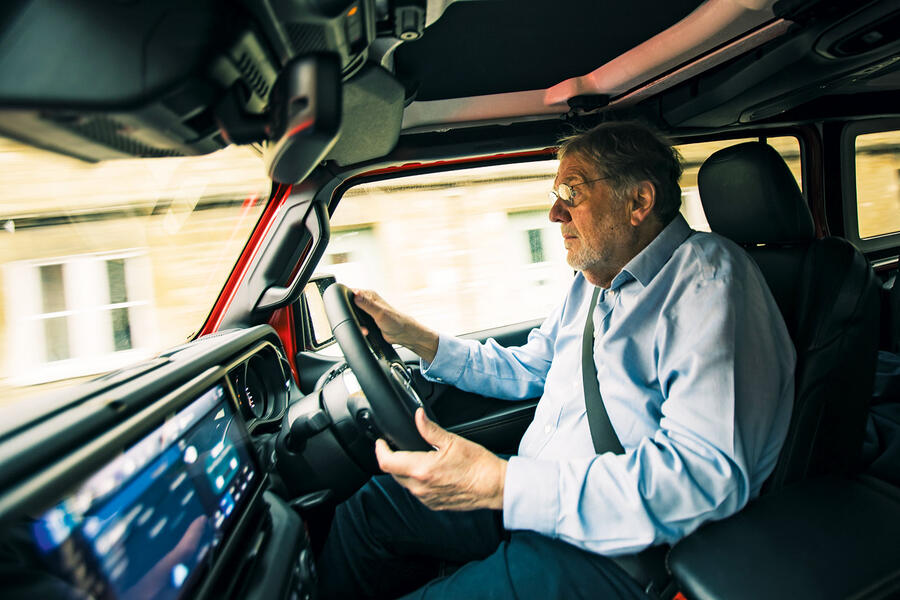
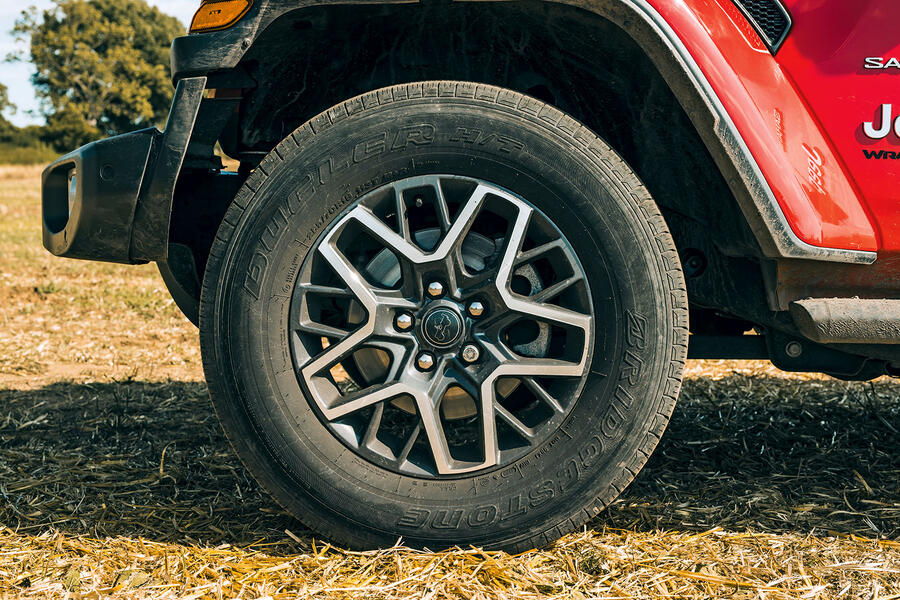
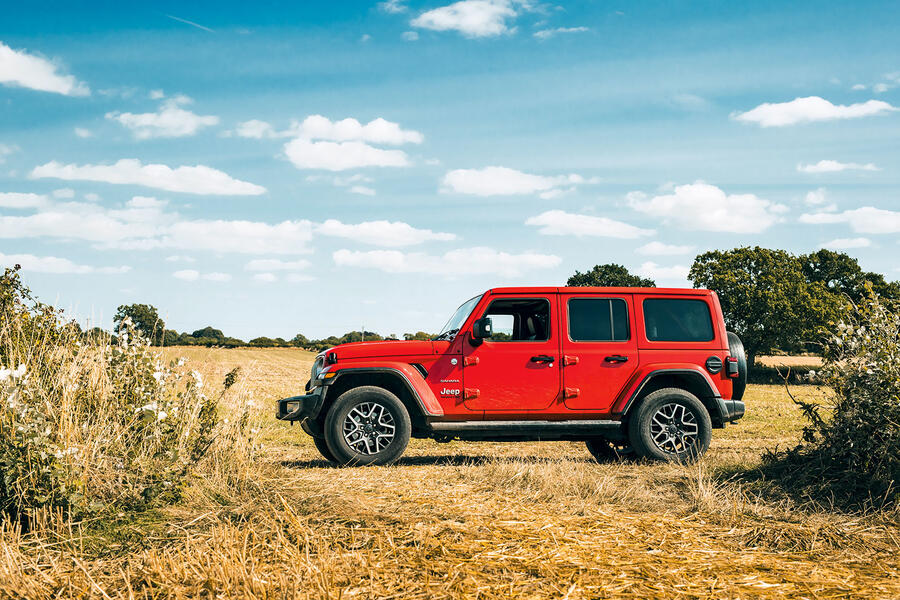





Join the debate
Add your comment
Just discovered Shady Bears and can’t stop playing! The gameplay is smooth, the visuals are cute, and every level feels fresh and unpredictable.
Immerse yourself in the vibrant ocean world with Tiny Fishing Unblocked! Simple yet addictive gameplay, allowing you to relax and catch lots of fish to upgrade your fishing rod.
I just checked out Monkey Mart and was really impressed. The site offers a smooth gaming experience with lots of enjoyable and easy-to-play titles. It’s a great place to unwind and have some fun whenever you have free time.